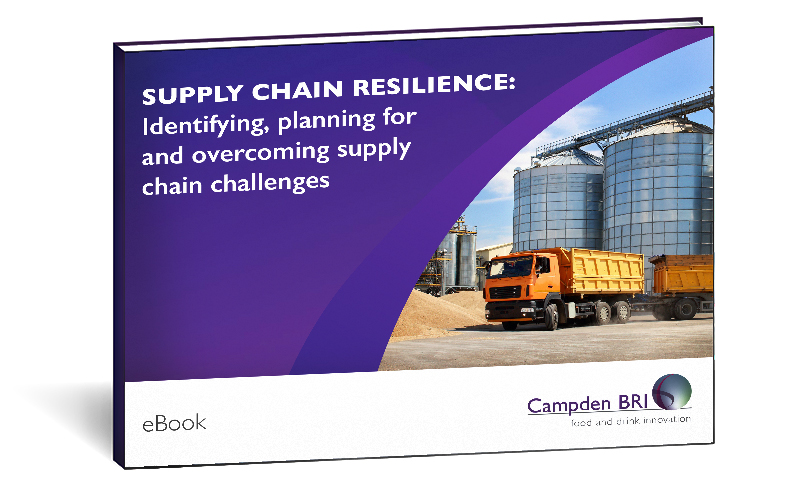
Risk assessment of raw materials
18 July 2011 | Sue Emond
As the range and prevalence of hazards in the food chain continues to grow and food manufacturers increasingly look to global markets to source raw materials, confusion over risk assessment procedures could potentially compromise food safety. Many manufacturers adopt an 'ad hoc' approach to risk assessment, driven by the underlying requirements from third parties such as the British Retail Consortium Global Standard for Food Safety and the International Food Standard (IFS) as well as advice from individual retailers themselves.
Download our FREE Supply Chain Resilience eBook today! Thrive in a changing environment by being prepared, agile and resilient.

Some of the hazards of concern today were not even recognised as possible causes of food borne illness just 10 years ago. Acrylamide, for example, and its association with high carbohydrate foods cooked at high temperatures, has just been added to the European Chemical Agencies list of substances of very high concern.
In addition, allergens continue to be a subject of growing awareness and increasingly strict control. There is also the continued threat of deliberately added contaminants for financial gain – such as Sudan dyes in 2003 and the melamine in dairy foods incident three years ago. So it is clear that there needs to be a comprehensive, logical and structured approach to the risk assessment of food ingredients.
Our new guidance on raw material risk assessment (Risk assessment and management of raw materials – Guideline 65) provides specific advice and procedures for the application of risk assessment techniques to identify, evaluate and control potential hazards associated with raw materials in a food, drink or feed manufacturing environment. It involves identifying potential issues and hazards in incoming goods and assessing their probable severity and likelihood, and provides manufacturers with a much stronger platform on which to build their HACCP system.
It can be far too easy to over–complicate or over–simplify systems or to have the wrong focus. A step–by–step, standardised risk assessment procedure can help food manufacturers prioritise their risks and demonstrate the amount of control that should be applied to protect against those risks in a sensible and logical manner. While this can seem onerous to food manufacturers in the first instance, in the longer term, a template for proper risk assessment will save time and money and the benefits will far outweigh any short term costs.
How can we help you?
If you’d like to find out more about risk assessments, contact our support team to find out how we can help.
Download our FREE ‘Supply Chain Resilience’ eBook today!
Be resilient and thrive – ensure continuity of supply of safe, quality food.






